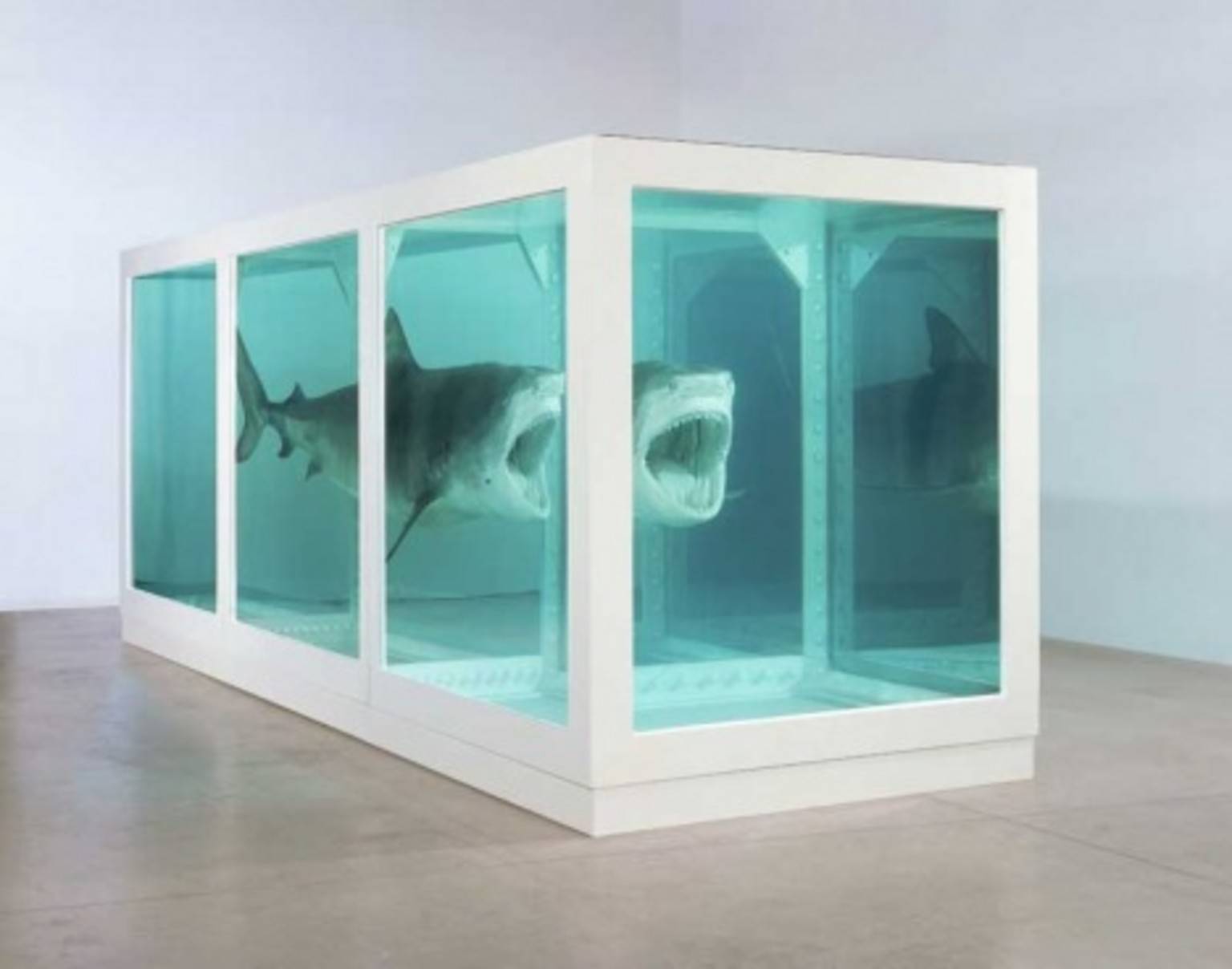Summertime In the Contemporary Art World
July means summer – holidays, strolls, swimming, and enjoying the beauty of the outdoors. Impressionists were the first to take their easels outside the studio, taking in everyday life and the landscapes around them. It was the moment art broke away from the stale portrait, leading to a fascinating movement that gave us Van Gogh, Monet, Renoir and Degas. Although they are canonical now, it took years for the art world to realize how incredible their paintings were, and to reconsidered the traditional, academic rules of painting. In honor of the idyllic summer scenes of those icons, today we’re taking a look at summertime in the contemporary art world.
Isca Greenfield-Sanders lives and works in New York. Her paintings, figurative and abstract, represent the collective memories of family portraits. Isca’s oil and watercolor scenes of everyday life works are based on real photographs from family albums, hers or others’. According to Isca, she works by drawing a grid on her canvas, which she uses to enlarge the original. Each of Isca Greenfield-Sanders’ bright, colorful works capture joyous moments of life, but underneath there is a questioning, hiding doubts and insecurities. One of her latest series depicts women facing the ocean. The viewer sees only see their backs, and is left to wonder, What are they thinking about? Who are they? Are they happy or sad? There is no indication of time or space, with scenes situated in a nondescript place that leaves room for dreams and hopes.
Isca is not the only artist inspired by the idyll of sea and swimming pools. British artist David Hockney is known for his paintings of swimming pools and his series of Polaroid photographs. Each photo represents different views of the same subject, different aspects of the same scene. While the camera moves, the subject does not. Rather, Hockney focuses on the different perspectives he can shoot of just one unique subject. Hockney is also well-known for his contribution to American pop art. For three months in 1967, the artist painted a huge canvas in California entitled “A Bigger Splash”, depicting a typical day in California. It’s a sunny day, without a cloud in the blue sky, and the houses are surrounded by palm trees. His style is simple and direct, with a restricted range of colors, creating paintings that are luminous, bright, and almost alive even if one doesn’t see any people. Instead, there is just the splash from the dive of an off-screen character, the ripples breaking the peaceful atmosphere of the scene and its geometrical lines. Hockney highlights incredible details, from the leaves of the palm trees to reflections in the windows and the spray of the water.
Meanwhile Argentinian artist Leandro Erlich is well known for sculptures and installations that defy the laws of gravity, twisting the viewer’s mind. Since the late 1990s, Erlich has won several prizes and participated in fairs all over the world, while many of his works are in private or museums collections (including the MoMA of Buenos Aires and the Tate Modern in London). Erlich’s “Swimming Pool” is one of his most emblematic works. There are several versions, with one created specifically for the MoMA PS1 in New York. Erlich said, “When I first visited P.S.1, I remember thinking how perfect the Duplex space would be for the installation of Swimming Pool. This space divided the experience of seeing the work perfectly, and in the correct order. Almost ten years since its creation, Swimming Pool is finally in the exhibition space for which I have always felt is so perfectly suited.” Erlich created a swimming pool with real dimensions, a diving board and a ladder. However it is also surrealist because viewers on the first floor see a pool filled with water, while other people are walking inside. Actually those people are the ones who are in an empty space on the lower level. The illusion is achieved through a large piece of acrylic fixed in the middle of the swimming pool that figures the water. So one can see a real swimming pool!
And finally, as all ocean swimmers know, you’ve got to be careful of sharks! Damien Hirst is the most prominent member of the group known as the Young British Artists, who dominated the art scene in London in 1990s. The Physical Impossibility of Death in the Mind of Someone Living is a sculpture made of glass, painted steel, silicone, monofilament, and…a real shark (who was encased in a formaldehyde solution in 1991). This piece caused widespread controversy with environmentalists and animal rights activists, but in the contemporary art world this sculpture is a major milestone. Hirst’s work provoked countless questions, from the temporality of a work and its conservation, the role of taxidermy, life after death, and of course, how far one can go to create a work of art.
















